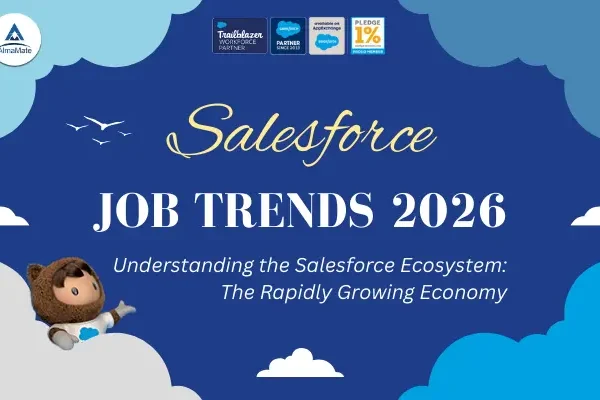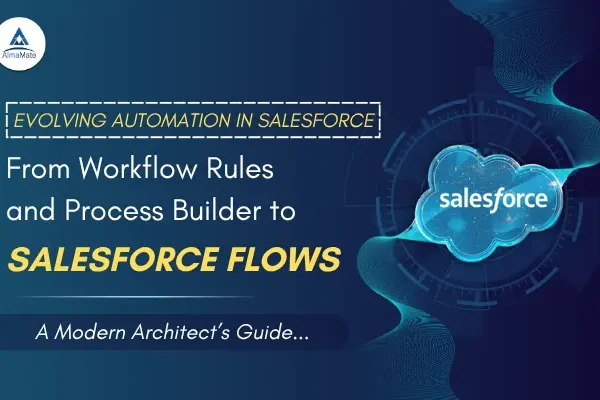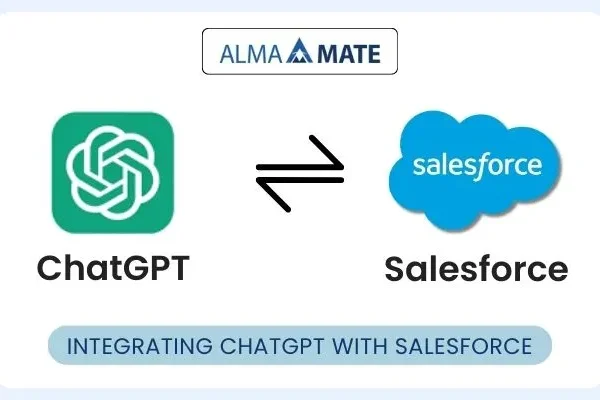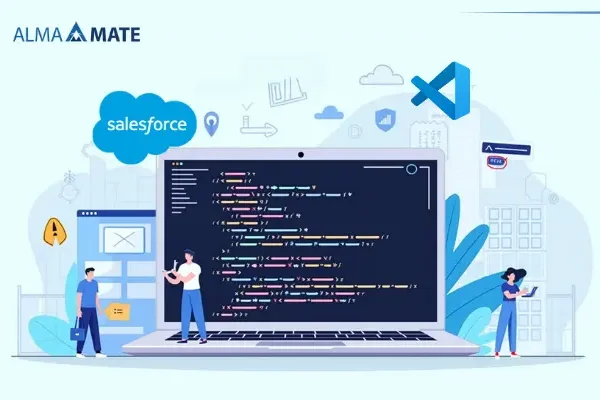One of the most sought-after skills in the tech industry is full-stack development. Full-stack developers are those who work on both front-end and back-end technologies. Being aware of the sort of questions that are commonly asked during full-stack development interviews is quite important for freshers. This article enlists frequently asked interview questions for full-stack developers. In this article, these questions have been categorized into generic, front-end, back-end, database, and other heads.
Table of Contents

1. Generic Questions:
• What is full-stack development?
Full-stack development by definition involves the process of designing not only the client side- also known as the front-end, but also the server side- referred to as the back end of a web application. A full-stack developer is conversant in and fluent with all modes of web development.
• Why do you want to be a full-stack developer / why do you want to pursue your career as a full-stack developer?
Here, you can say that you love technology, coding, problem-solving, and how exciting it is to work on the front-end as well as back-end components.
2. Questions based on Front-end technologies of full-stack development:
• What is the difference between HTML5 and HTML?
HTML5 is the latest version of HTML, and it introduces new elements and tags. Some of them include semantic elements like <header> & <footer>. Multimedia support in HTML5 includes <audio>, <video>, etc. APIs that support improved functionality are also included in HTML5.
• Explain the box model that is used in CSS?
The box model is a concept of CSS, that specifies how things are going to look when styled. So it consists of the following parts: margins, borders & padding along with the actual page text/content.
• How will you improve the front end of a web application to its best form?
This can be achieved with image compression, lazy loading(a technique that delays the initialization of an object or resource until it’s needed), proper usage of CSS & JS or using CDN.
• What is a DOM?
It is an interface that lets JavaScript interact with and update the structure, content, and styling of a web document.
3. Back-End related Questions based on Full-stack development
These can be based on back-end development; interviewers may ask questions about languages and frameworks like Node.js, Python, Java, & databases.
• What is Node.js? What makes Node.js the most sought-after and preferred tool for back-end development?
Node.js is a runtime JavaScript application that runs on Chrome’s V8 engine. Node.js is among the most sought-after choices for people working on back-end development, because of these two features: The event-driven architecture of Node.js and how it can process multiple requests very efficiently.
• What are RESTful APIs? Definition of RESTful APIs:
REST is a principle-based style and uses Representational State Transfer. Resources are represented as URLs. The various actions performed are carried out using the HTTP methods such as GET, POST, PUT, or DELETE.
• Explain what is middleware in Express.js?
Middleware in Express.js is the set of functions that have access to the request object, the response object, and to the next function. Middleware can run & execute any code, modify the request/response objects, and can even end the request-response cycle.
• What is the difference between relational and non-relational databases?
Information in relational databases is arranged in structured tables with defined relationships between the tables, much as it is in MySQL or PostgreSQL. NoSQL or a non-relational database would store information in a rather flexible & not-so-structured format, such as that in a JSON(JavaScript Object Notation) document.
• How can I protect the back-end of a web application?
Some of the best practices for securing the backend include input validation and authentication, which could be OAuth(Open Authorization) and JWT(JSON Web Token), encryption of sensitive data, and secure HTTP.
4. Questions based on Databases and Querying for Full-stack developer:
Databases come as part of the full stack development process and essentially refer to collections of organized data. A few typical questions related to databases:
• What is normalization in databases?
Normalization is the technique of database design that reduces redundancy and dependency by grouping of data into tables and ensures that dependencies are logical.
• Compare the features of SQL databases with those of NoSQL databases.
SQL databases are based on a relational model that uses Structured Query Language or SQL to access the database. A Non-relational database is a NoSQL database with a flexible data model, suitable for a larger distributed system of data.
• How would you optimize database performance?
Indices, query optimization, caching, normalization, proper use of suitable database engines related to the function of an application, and a bunch of other factors improve performance.
• What are ACID properties in the database?
ACID in IT parlance is the acronym for Atomicity, Consistency, Isolation, and Durability. These are four properties that make relational databases reliable for processing transactions.
5. Questions based on Version Control and DevOps:
Employers also expect full-stack developers to have knowledge of the most basic Version Controlling Systems such as Git and applied DevOps practices.
• What is Git, and how does it help with software development?
Git is a Version Control System that can track changes made to the files and related data of a project. It also helps with coordinating the work of several developers. Git can be used to work on different versions of code as well as collaboration of many developers while integrating the code changes effectively.
6. Questions related to Behavior and Problem-Solving:
• What will you do in a scenario wherein you have to extract a stubborn bug from or fix an issue in your project’s code?
This is your opportunity to describe how you solve problems & how your thought process aligns with solving the precise problem.
• How do you prioritize tasks when working on more than one project?
Mention your organizational skills, how often you are using task management tools, such as Jira and Trello, and how you would handle competing priorities better.
• How do you keep yourself updated with the latest technologies?
By reading technology blogs regularly; attending webinars, working on new frameworks, participating in coding challenges, and working on open-source projects.
Conclusion:
For Full-stack Developers taking interviews, both technical and behavioral preparation are crucial. A solid foundation in front-end and back-end technologies, database management, version control, and DevOps can give you a competitive edge in the full-stack development domain. Additionally, strong problem-solving skills and a willingness to learn new technologies will significantly enhance your appeal as a full-stack developer to potential employers in the ecosystem of full-stack development.
Are you ready to elevate your career as a Full-Stack Developer? At AlmaMate, we offer comprehensive training programs designed for aspiring Java Full Stack Developers, Full Stack Python enthusiasts, and .NET Full Stack Development specialists.
Join us to for the full-stack developer course and gain the skills you need to excel in today’s competitive tech landscape. Whether you want to specialize in Java Full Stack or dive into the world of Full Stack Web Development, our expert-led courses will guide you every step of the way.
Don’t miss out on this opportunity to become a skilled Full-Stack Developer! Enroll now and start your journey to success!
Disclaimer**: The images placed on this web page have been sourced from pexels.com for illustrative purposes only.















